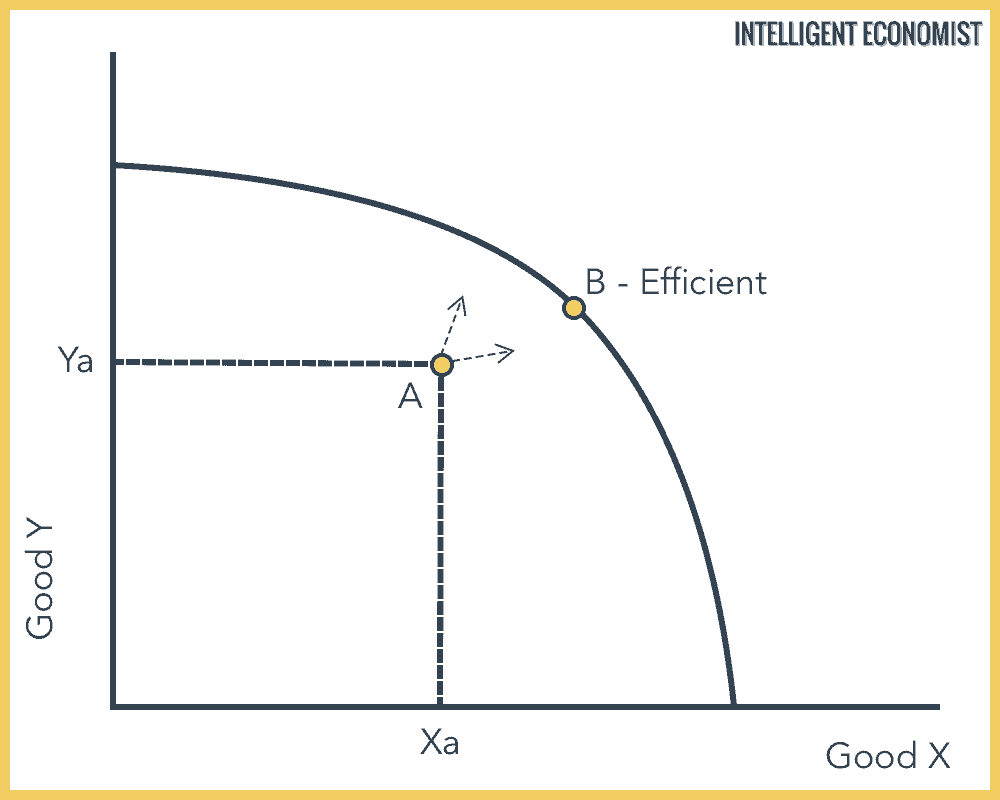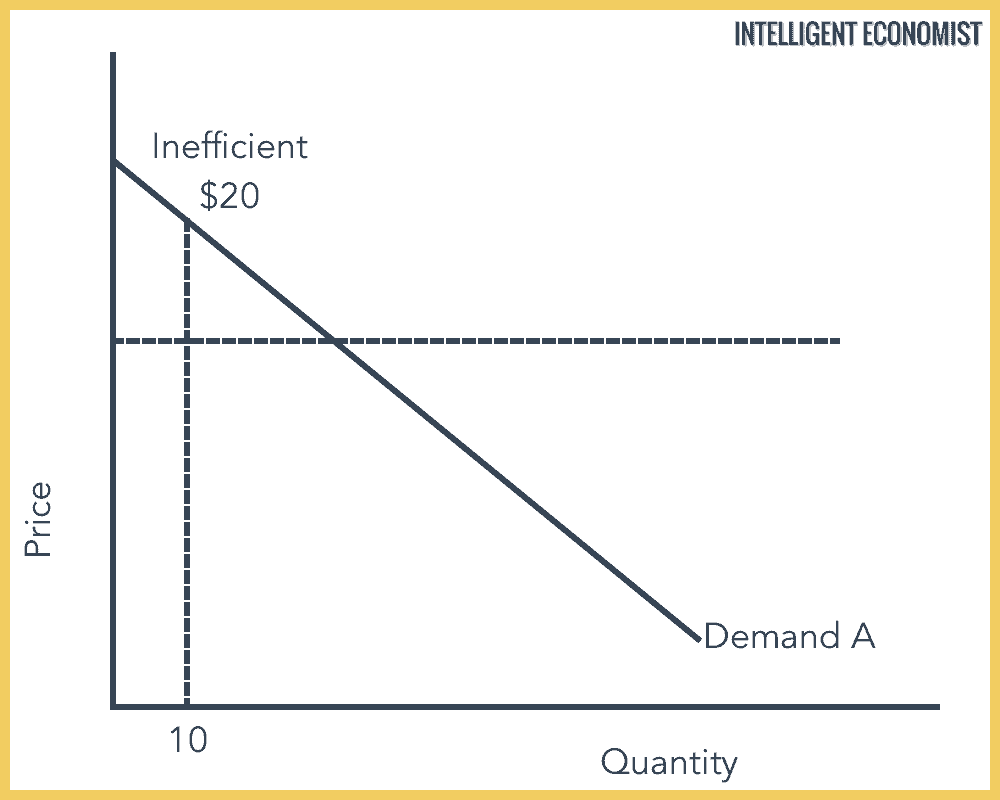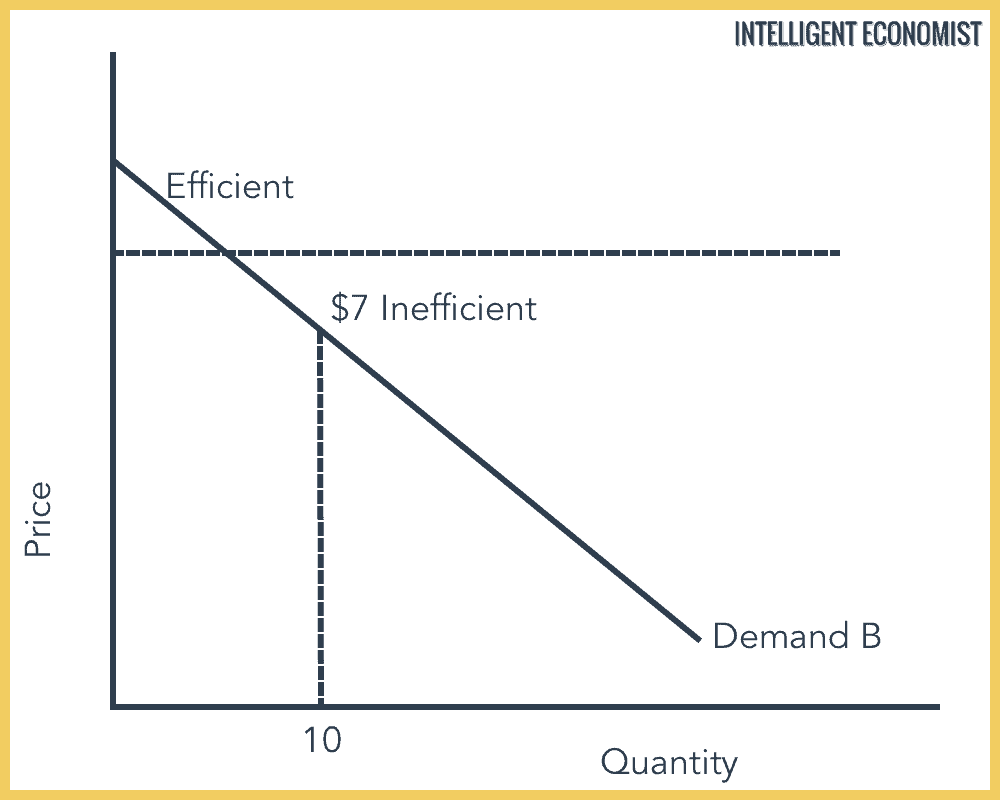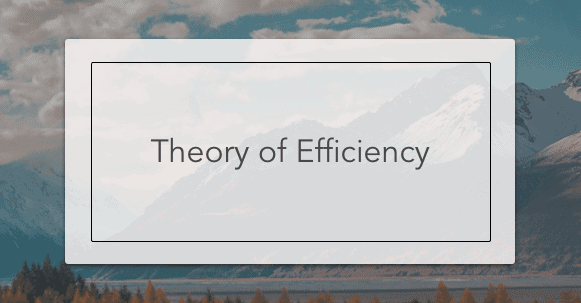There are three different Theories of Efficiency that we are going to focus on. The first Theory of Efficiency is Pareto efficiency or Pareto optimality. The second is the Kaldor–Hicks improvement, and lastly the Zero-profit condition or Zero Profit Theorem.
Pareto Efficiency
Pareto Efficiency or Pareto optimality is a Theory of Efficiency in which given an initial allocation of goods among a set of individuals a change to a different location that makes at least one individual better off without making any other individual worse off is called a Pareto improvement. An allocation is defined as “Pareto Efficient” or “Pareto Optimal” when no further Pareto improvements can be made.
Kaldor-Hicks Efficiency
Kaldor-Hicks Efficiency is a Theory of Efficiency where an outcome is considered more efficient if a Pareto optimal outcome can be reached by arranging sufficient compensation from those who are made better off to those who are made worse off so that all would end up no worse than before. The Kaldor-Hicks efficiency builds upon the Pareto Efficiency since it has less stringent criteria.
For Example:
Person A has 10 sheep = Person A 20 Sheep
Person B has 100 sheep = Person B 99 sheep
This is a Kaldor-Hicks improvement, and not a Pareto improvement.
Zero Profit Theorem
In the Zero Profit Theorem, the entry into a competitive industry will continue until all opportunity for positive economic profit is reduced to zero.
Marginal Cost = Marginal Revenue = Price
Above Average Cost = Positive Economic Profit
Production and Consumption Efficiencies
Production Efficiency

Point A is inefficient production while Point B is efficient production.
In the original case of inefficiency below, a Pareto/Kaldor improvement is possible. The efficient outcome is Demand A = Demand B = $11, shown by the dotted horizontal line.
Consumption Efficiency




Can you provide the Kaldor-Hicks Theory reference?